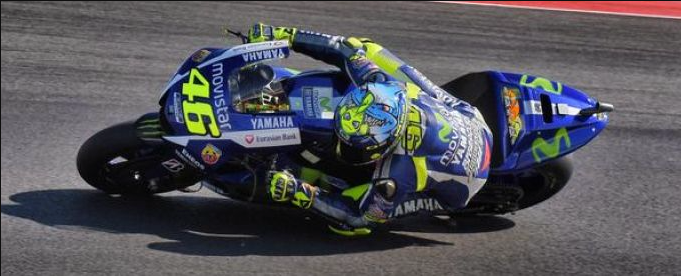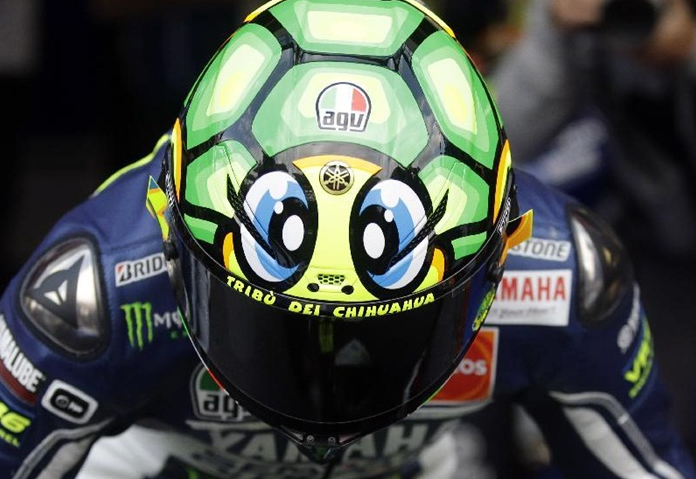Etiquettes of Riding Motorcycles in Groups
While riding is an activity that can very much be enjoyed alone, its pleasure is doubled when you ride in a group. It could be a bunch of friends, family, or even strangers on the road - riding in a group can be a rewarding experience. However, you also need to be mindful of a few things and have the right etiquettes for riding in a group. So, if you are planning on hitting the open road with your buddies or a mixed group of people, make sure you and they know how to go about it for a rewarding and enriching experience.

First of all, being prepared is half the battle won. If you are going on a group ride in the morning, make sure your tyres are in a good condition, the air pressure is correct, and most importantly, you have fuel. Showing up to a group ride without the above prerequisites simply states that you don’t care about other people’s time. Trust us, there is nothing more disheartening for people than when someone shows up late to a group ride and then continues to waste everyone’s time by fixing whatever is wrong with their motorcycle. If you make this a habit, then don't be alarmed when you are not invited to future rides.
Also Read: Tips for the first motorcycle ride of the season

While that was all about being prepared as an individual, there is some prep that will need to be done as a group as well. At least one person in a group should be carrying first aid, basic tools, and any other such immediate requirements. A groups should also have a lead rider and and sweep rider. A lead rider is responsible for the route and setting the pace whereas the sweep rider ensures that no one gets left behind. These two individuals are generally the most experienced riders in the group. Also, keep the group size manageable - no more than 7 or 8 riders in a group. If that is the case, the break the group into subgroups and assign individual lead and sweep riders for all subgroups as well. Lastly, groups should also have a pre-ride meeting where the route is discussed, and if someone will be exiting mid-ride, then who takes up which position is also chalked up before hand. This is also a good time to get used to each others hand signals and strengths and weaknesses.

It is important to ride in a formation. Never ride next to another motorcycle. Instead ride one behind the other in a staggered formation. This basically means that if the rider in front of you is riding on the left side of the lane, then you should be on the right side, and ideally a second or two behind. This allows the group to stay relatively compact while still giving each rider enough space to conduct an emergency manoeuvre like braking or swerving. On a narrow winding road, stick to a single file formation and increase the gap to the rider in front by a further second. Ideally, stick to the right side of the lane when riding in a single file, but ultimately, choose the path that allows you maximum vision and manoeuvring space.
Also Read: Tips on Riding your Motorcycle in the Dark

Many a times, inexperienced riders will tag along with experienced riders and this is one of the most dangerous situations during a group ride. An inexperienced rider will struggle to keep up with more seasoned riders and could start to ride beyond their capabilities to keep up. Therefore, it is a good idea for the more inexperienced rider to be second in line, behind the lead rider. If more experienced riders start lagging behind, then they can easily catch up as the pace is comfortable for the, but the same can become a problem for inexperienced riders. Ultimately, a group ride is not about outright pace and rather, it is about enjoying the act of motorcycling with fellow enthusiasts. Lastly, it is ideal that inexperienced riders have at least ridden for 2,000kms before joining a group ride, so that they are comfortable with the motorcycle.



